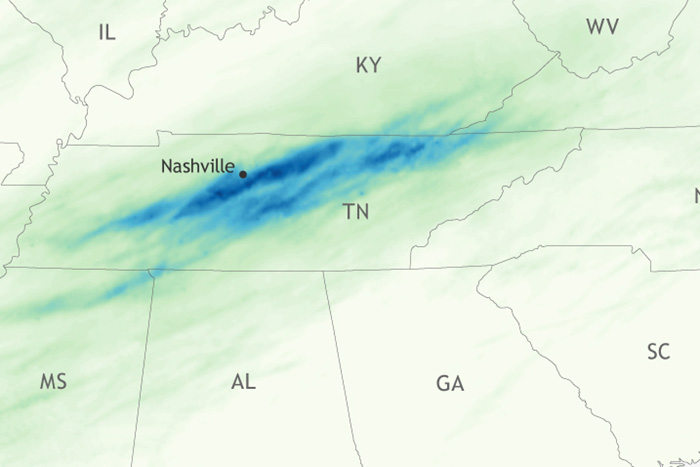
In late 2020, NOAA and the Department of Energy organized a workshop focused on improving predictions of precipitation variability and extremes. The NOAA-DOE Precipitation Processes and Predictability workshop report is now available.
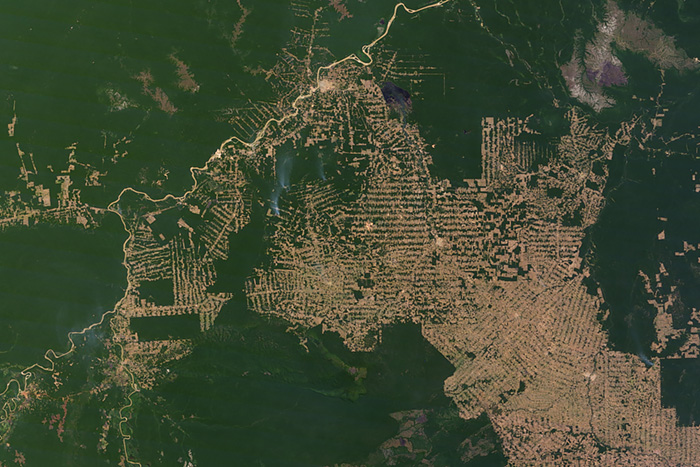
New results from a nine-year research project in the eastern Amazon rainforest finds that significant deforestation in eastern and southeastern Brazil has been associated with a long-term decrease in rainfall and increase in temperature during the dry season, turning what was once a forest that absorbed carbon dioxide into a source of planet-warming carbon dioxide emissions.

With help from NOAA, a caucus of Chicago’s metropolitan mayors has released one of the first regional climate plans in the United States. It calls for reducing greenhouse gas emissions by at least 80 percent from 2005 levels by 2050, and highlights ways to equitably build climate resilience and a vibrant economy at the municipal level by 2050.
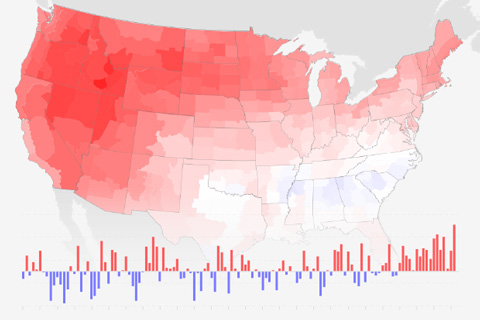
June precipitation was average across the country, a balancing out of dryness in the West and wetness in the Lower Mississippi, Eastern Seaboard, and Great Lakes.
Record-warm temperatures over land combined with a sixth-warmest June for the oceans to make June 2021 the fifth-warmest June since records began in 1880.
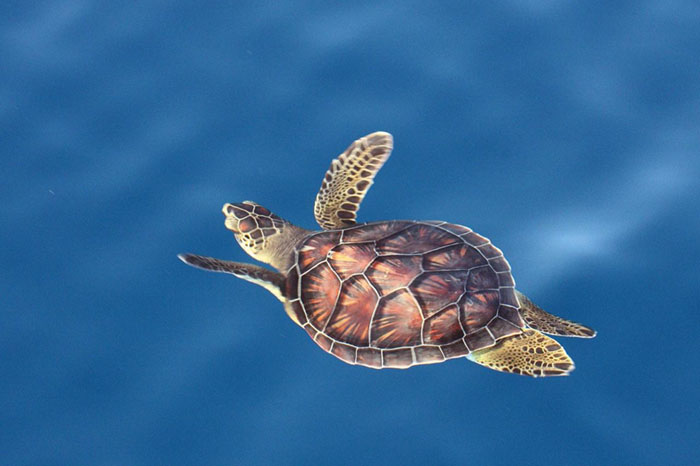
The National Marine Sanctuary Climate Change Science Priorities Workshop Report is now available to the public. The report summarizing a cross-NOAA workshop held in January 2021 organized to identify the climate science and information needs of national marine sanctuaries, and actions needed to meet those needs.

If the Arctic continues to warm, the western Arctic Ocean could be a future hot spot and source of nitrous oxide, a new study has found. Like carbon dioxide or methane, nitrous oxide is directly linked to climate change, contributing to both the greenhouse effect and ozone depletion.
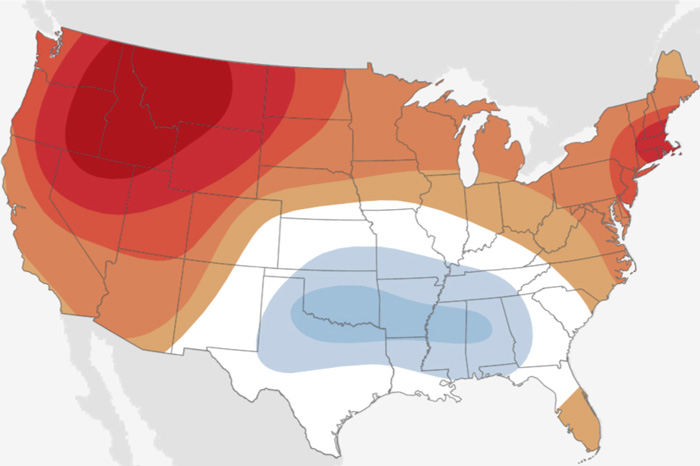
The extreme heat and dryness in the U.S. West in June have set the stage for more of the same in July.
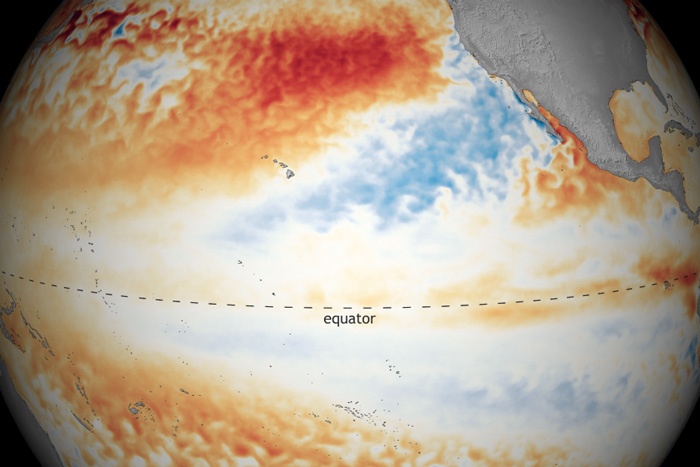
Neutral conditions remain across the Pacific but conditions look favorable enough for a return to La Niña this fall/winter that scientists have issued a La Niña watch.
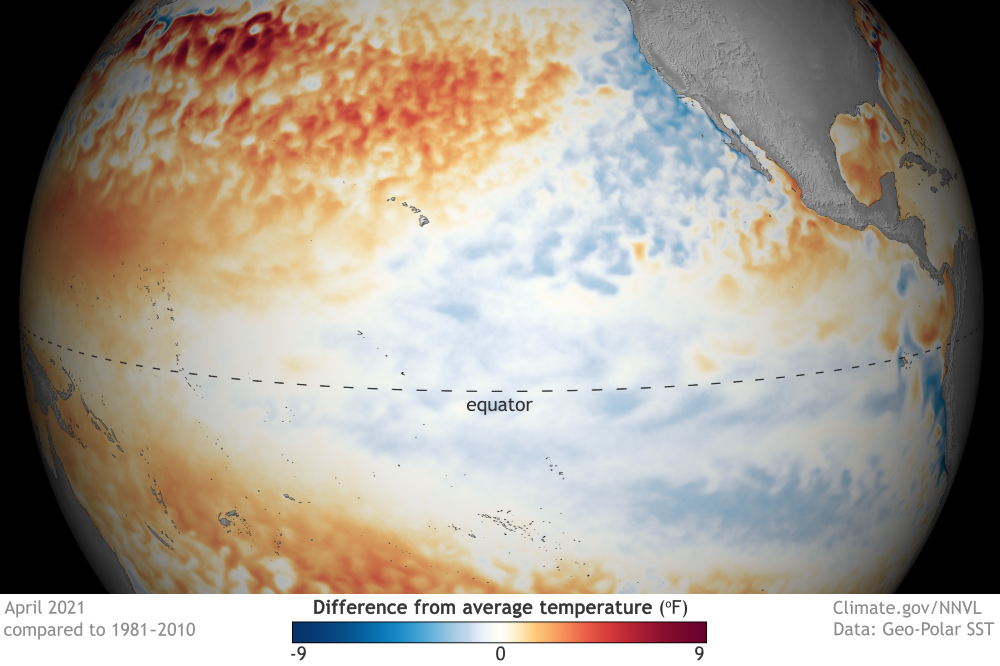
Neutral conditions have returned to the tropical Pacific. Our blogger looks ahead to the rest of 2021.